1. McDonald’s “McDlt” Promotion Gone Awry
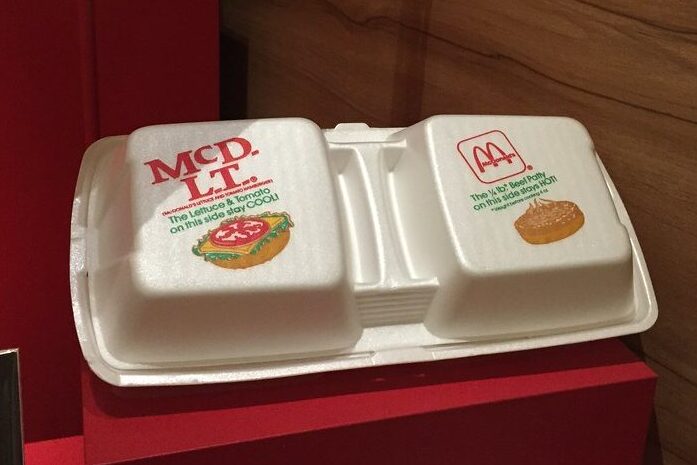
In the 1980s, McDonald’s introduced the “McDlt,” a burger that came in a unique two-part container designed to keep the hot side hot and the cold side cold. The gimmick was supposed to keep the lettuce, tomato, and other cold ingredients fresh while the beef patty and warm ingredients stayed hot. It was marketed as the ultimate burger experience, and McDonald’s hoped it would be a hit. However, the reality didn’t match the hype. The Styrofoam packaging, while keeping things separated, wasn’t eco-friendly, and it quickly became a point of criticism. As the world moved toward more sustainable practices, the McDlt felt out of step with the times shares Taste of Home.
Moreover, the hot side of the burger started to cool off quickly, rendering the whole packaging concept ineffective. Consumers weren’t impressed with the lukewarm results, and the McDlt failed to live up to its promise. Environmental groups also became vocal about the wasteful packaging, which led to a growing backlash. In the end, McDonald’s had to pull the product from its menu after just a few years. The McDlt remains a quirky example of how even well-intentioned promotions can fall flat due to poor execution and changing consumer values adds Cracked.com.
2. Taco Bell’s “Taco Liberty Bell”
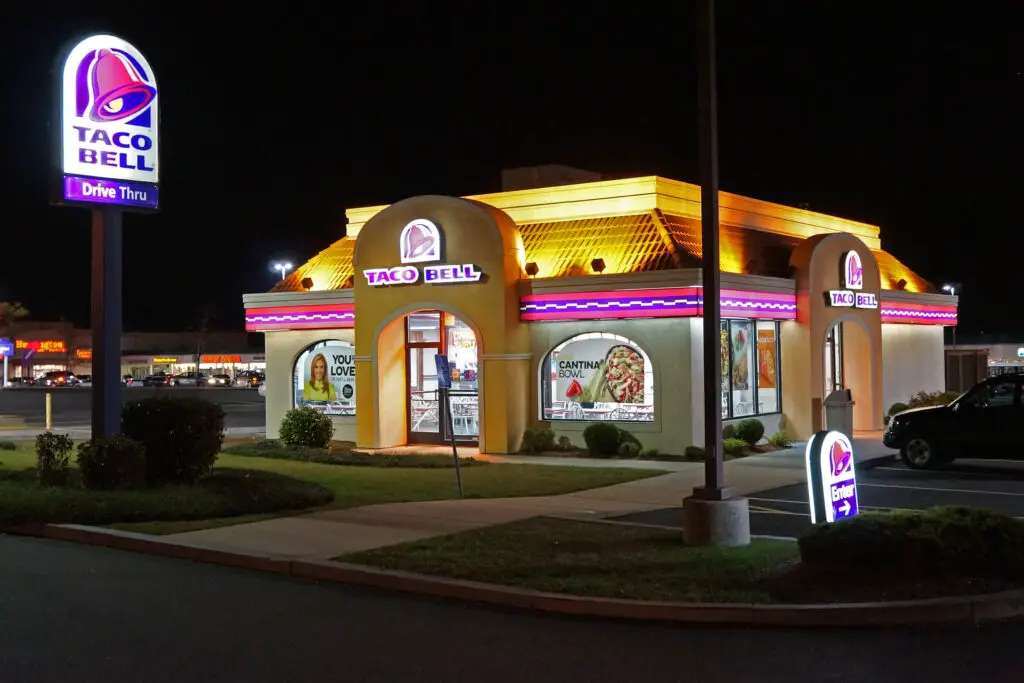
In 1996, Taco Bell made an unforgettable splash with their “Taco Liberty Bell” campaign, in which they announced they had purchased the Liberty Bell and renamed it the “Taco Liberty Bell.” The promotion was a tongue-in-cheek April Fools’ joke intended to garner attention for the chain’s tacos. However, it quickly backfired when many people took it seriously, and news outlets reported it as a true corporate takeover of the historic landmark. Outraged citizens gathered in front of the Liberty Bell in Philadelphia, demanding that Taco Bell reverse the move, unaware that the entire thing was an elaborate prank shares Tasting Table.
Taco Bell, realizing they had misjudged the public’s response, quickly issued an apology. They explained the prank, assuring everyone that they hadn’t really bought the Liberty Bell. Despite the lighthearted intention, the backlash was intense, and the company had to backtrack, ensuring the public knew it was all in good fun. The incident became a cautionary tale in the advertising world, showing how easily humor can be misunderstood and how certain symbols, like national monuments, should be treated with care adds Inquirer.com.
3. Burger King’s “Subservient Chicken”
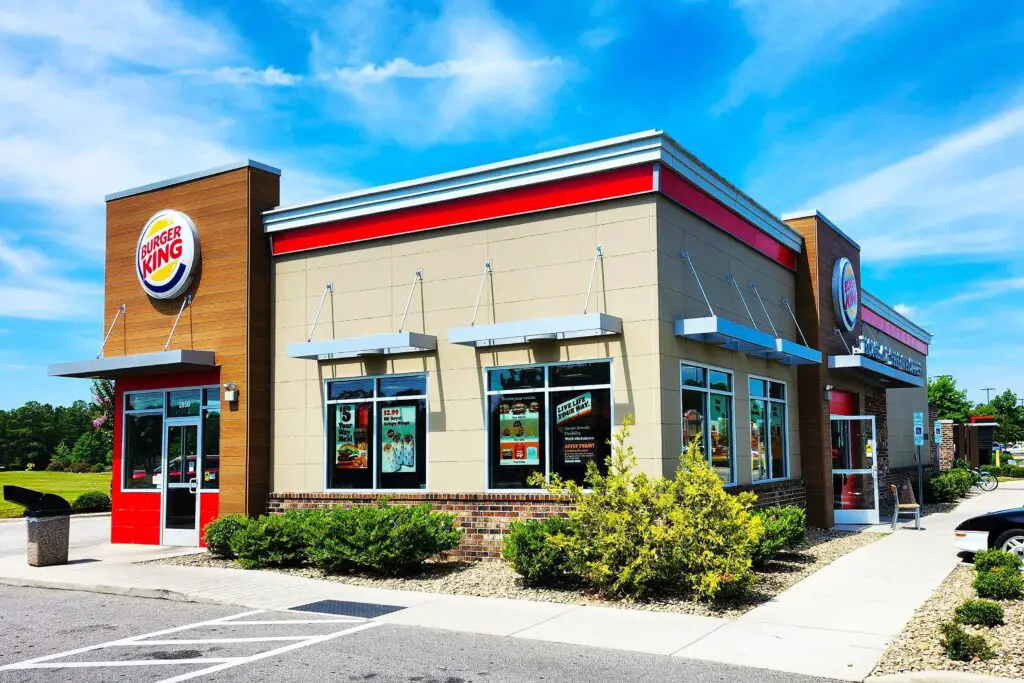
In 2004, Burger King launched the “Subservient Chicken” campaign, which became an early viral sensation. The idea was to create an interactive website where users could type in commands to get a person dressed in a chicken costume to perform certain actions. It was a quirky, fun idea designed to showcase Burger King’s brand as playful and different. The campaign was successful in getting attention, but as the site gained more visitors, some users began requesting inappropriate or offensive actions. What was once a light-hearted, humorous experience turned into something uncomfortable for both the brand and its audience.
The problem grew as Burger King began receiving complaints about the site being misused and turning into a platform for inappropriate content. The company realized that the promotion had spiraled out of control and quickly shut down the site to limit the damage. Although the campaign had a significant cultural impact at the time, it serves as a reminder that even playful, interactive promotions can quickly go off the rails if not carefully monitored. In the end, “Subservient Chicken” was a fun but flawed experiment in user-generated content, highlighting the importance of maintaining control over brand interactions.
4. McDonald’s “Szechuan Sauce” Frenzy
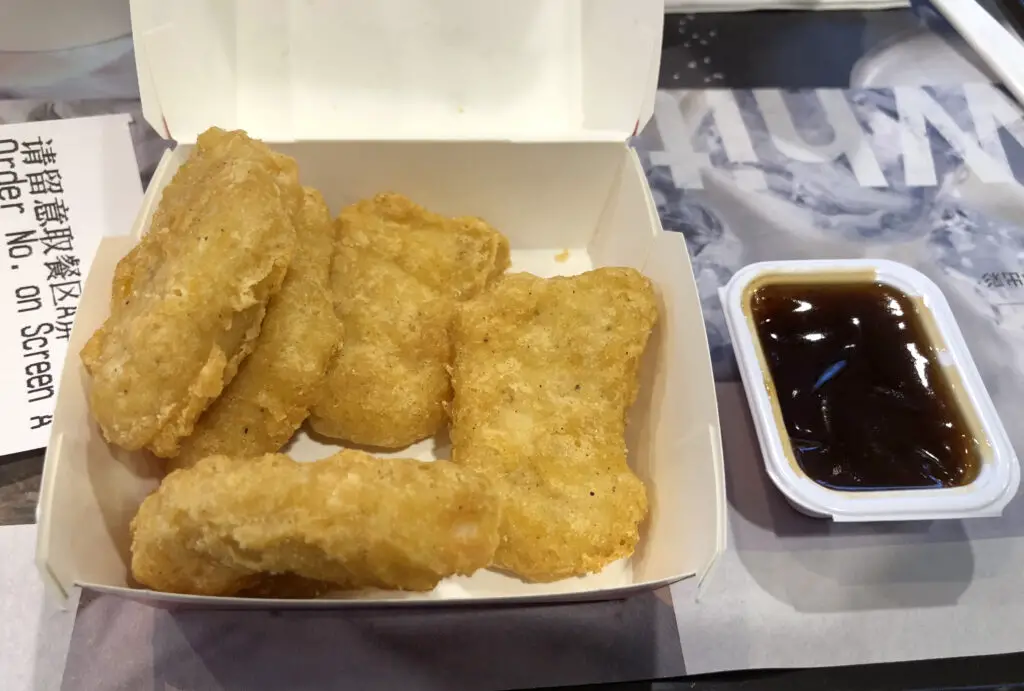
McDonald’s Szechuan Sauce promotion began as a limited-time offer in 1998, originally to promote the release of the movie Mulan. The sauce gained a cult following, but it wasn’t until 2017 when Rick and Morty referenced it in an episode that the frenzy really took off. Fans of the show began demanding McDonald’s bring back the sauce, leading to an unexpected revival. McDonald’s, seeing an opportunity, decided to release the sauce again, but they seriously underestimated the demand. Long lines, frustrated customers, and even fights broke out at McDonald’s locations, with many fans leaving empty-handed.
The promotion quickly turned into a disaster as McDonald’s ran out of sauce within hours of releasing it, leaving many fans disappointed. The overwhelming demand created chaos, with some stores even being forced to close early. McDonald’s issued apologies and tried to calm the storm by extending the promotion to more locations, but the damage was done. What began as a fun marketing stunt turned into a PR nightmare, showing just how quickly viral enthusiasm can turn a promotion into a logistical mess.
5. KFC’s “The Colonel’s Double Down”
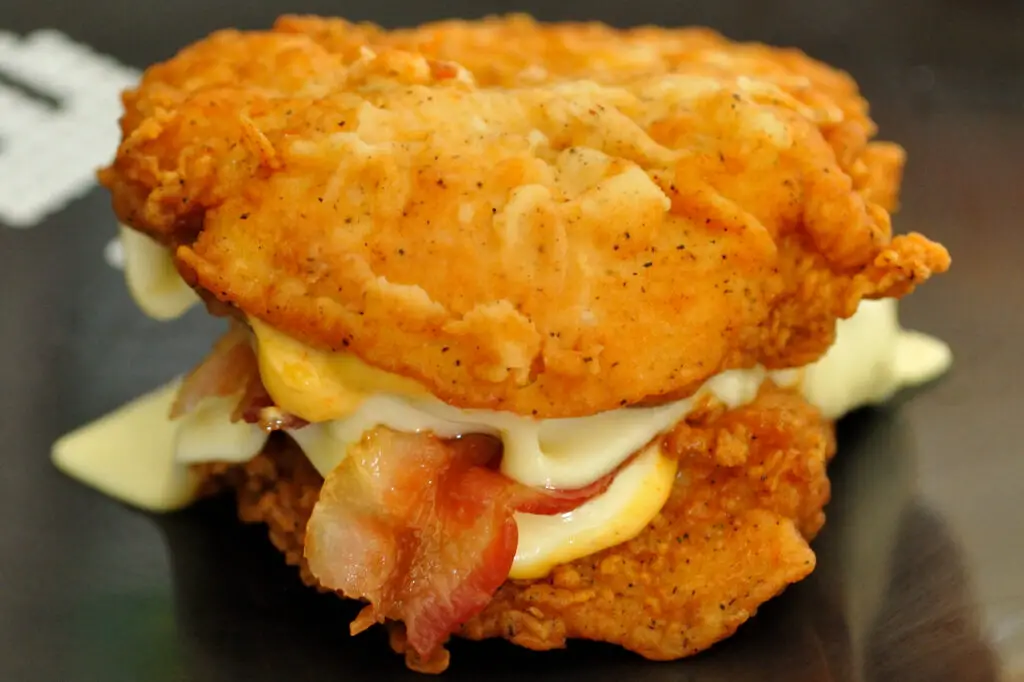
In 2010, KFC launched the “Double Down” sandwich, a bold creation that replaced the traditional bun with two pieces of fried chicken, sandwiching bacon, cheese, and sauce. The idea was to create a no-carb, high-protein burger that would appeal to those looking for a low-carb alternative. The Double Down caused a stir, with many people eager to try this unconventional take on a sandwich. However, it wasn’t long before health experts began raising alarms about the sandwich’s nutritional value. With some variations of the Double Down containing over 1,400 calories, critics warned it could lead to unhealthy eating habits and heart problems.
The sandwich, while initially successful in drawing attention, sparked backlash for promoting unhealthy eating. Health-conscious consumers voiced their concerns, and fast food experts criticized KFC for pushing a product that didn’t exactly align with growing health trends. Despite its popularity, KFC eventually pulled the Double Down from the menu, although it has made a few brief returns as a limited-time offer. The promotion served as a reminder that fast food innovation can get attention, but it’s not always sustainable in the long run if it’s deemed to be too unhealthy.
6. Hardee’s “All-Natural Burger” Gimmick
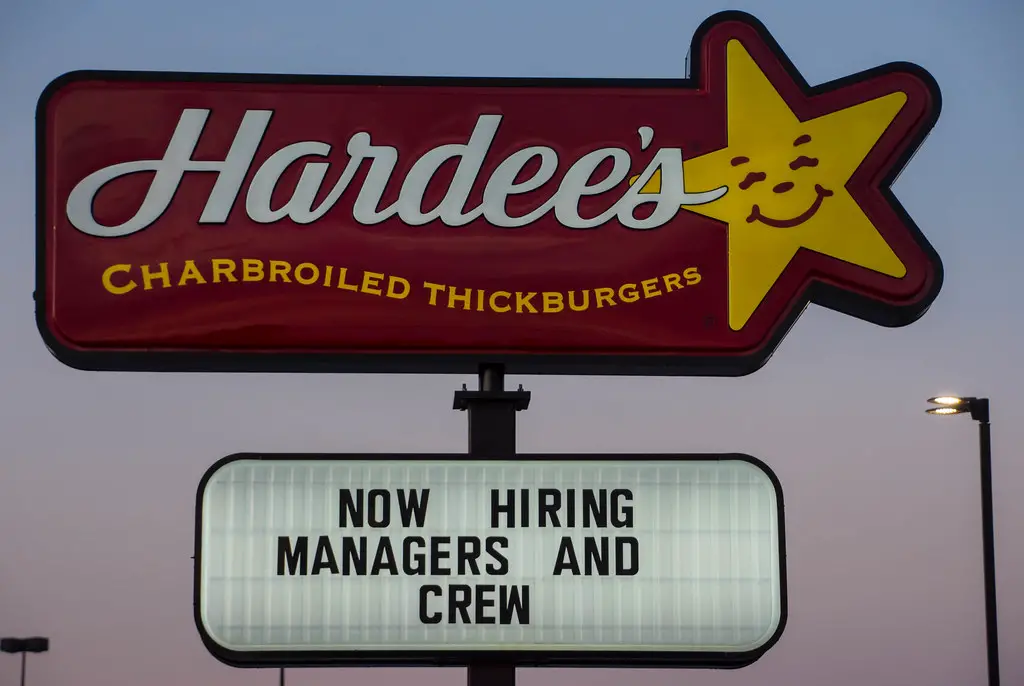
In 2008, Hardee’s launched an “All-Natural Burger,” marketed as a healthier option made with hormone-free beef. The idea was to attract health-conscious consumers who were looking for something fresher and more sustainable. However, things didn’t go as planned when customers began questioning what made this burger any different from the regular ones on the menu. The confusion arose because Hardee’s did not clearly explain how the “all-natural” claim set this burger apart from their other options, leading to accusations of misleading marketing. The promotion, which was supposed to boost sales, ended up leaving customers skeptical of the brand’s commitment to healthy food.
The backlash grew as critics pointed out that while the burger may have been free from hormones, it still lacked transparency about the other ingredients. Health-conscious customers were left feeling misled, and the campaign quickly lost steam. Hardee’s pulled the burger from its promotional lineup, and the brand shifted its focus to other marketing efforts. It became a lesson in how important clear messaging is, especially when it comes to claims about food quality.
7. Pizza Hut’s “The Guy Who Ate the Pizza” Commercial
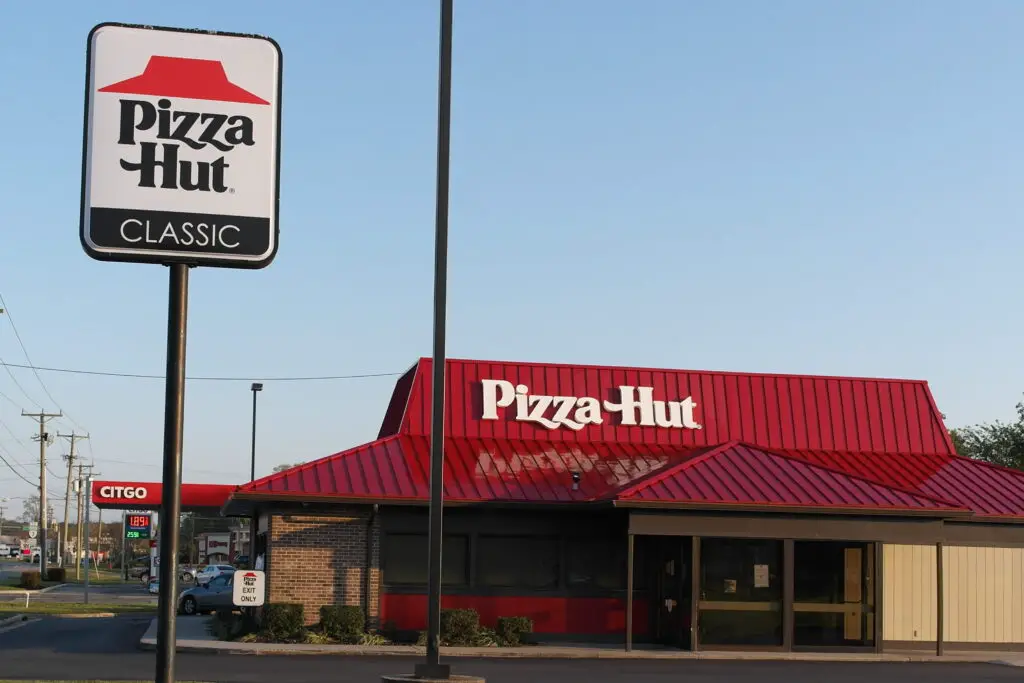
In 2015, Pizza Hut launched an ad campaign that featured a man who was seen eating an entire pizza in one sitting, completely unfazed. The campaign was meant to promote the brand’s “Big Pizza” menu, showcasing how much food Pizza Hut had to offer. However, what was supposed to be a humorous depiction of a pizza lover quickly became problematic. Viewers were uncomfortable with the idea of a person gorging themselves on an entire pizza, and health-conscious consumers called out the ad for promoting unhealthy eating habits. Some even argued that the ad sent the wrong message, particularly to younger audiences.
The commercial quickly garnered criticism, and the backlash was swift. Social media users voiced their disapproval, and Pizza Hut realized that their “funny” campaign might have missed the mark. After the negative reactions, the company quietly pulled the ad and shifted their focus to other marketing strategies. The experience demonstrated how important it is to align brand messaging with the health-conscious sentiments of modern consumers, especially when it comes to food.
8. Dunkin’ Donuts’ “Wake Up” Campaign Backlash
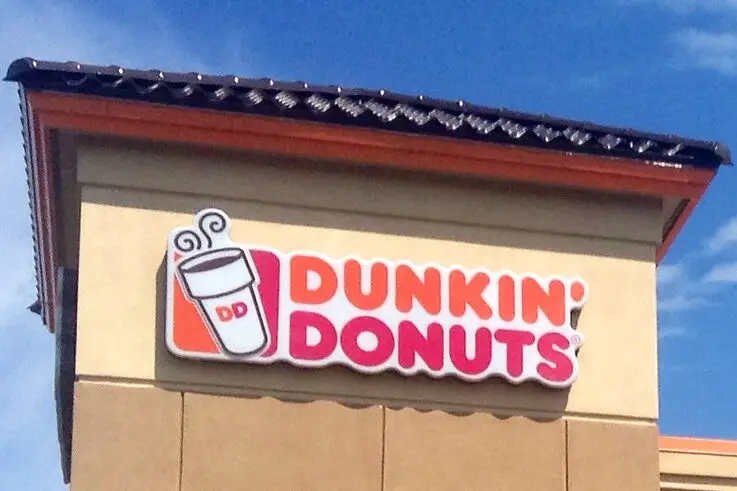
Dunkin’ Donuts launched the “Wake Up” campaign in 2018, hoping to create a series of quirky ads that would resonate with their millennial audience. The ads depicted people in strange situations, such as eating breakfast at a desk or waking up in a random location, all while enjoying Dunkin’ coffee. The intent was to show how Dunkin’ could be a part of a busy, modern lifestyle, but the concept didn’t quite hit the mark. Many viewers found the campaign to be disjointed and unrelatable, leaving them confused about what Dunkin’ was actually trying to sell.
Critics blasted the campaign for being too far removed from the real experiences of Dunkin’s core customers, who were looking for a solid cup of coffee, not surreal ads. The public quickly voiced their displeasure on social media, forcing Dunkin’ to shut down the campaign and rethink their approach. This debacle served as a reminder that advertising, no matter how creative, has to connect with the audience in a meaningful way. Dunkin’ learned that quirky ads might be entertaining, but they also need to feel authentic.
9. Wendy’s “Frosty Mugs” Disaster
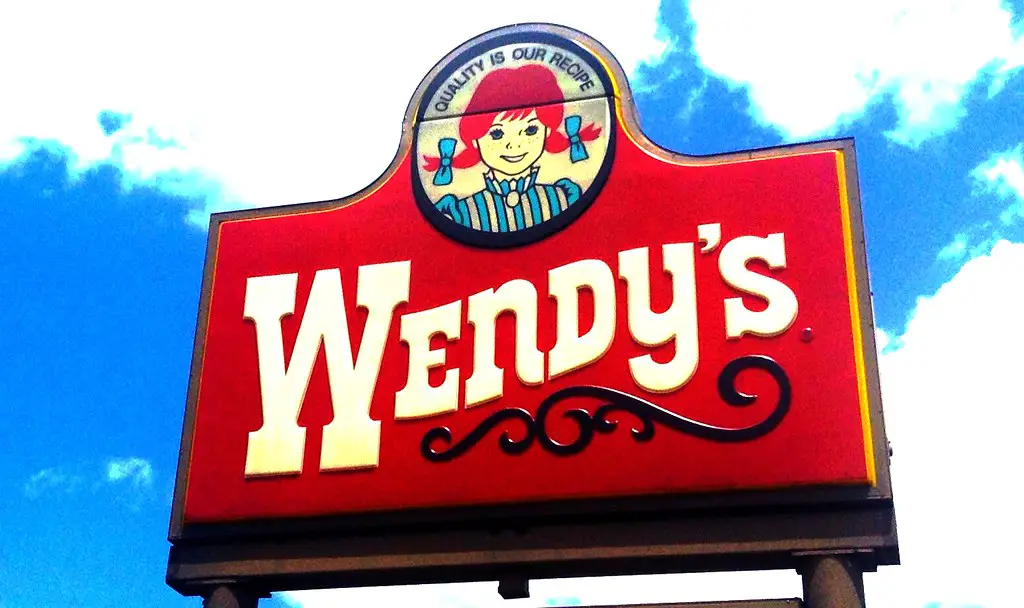
In 2005, Wendy’s introduced the “Frosty Mugs” promotion, which allowed customers to get a plastic mug with their Frosty dessert. The mugs were marketed as a collectible item, encouraging customers to buy a Frosty just to get their hands on one. However, the promotion quickly turned into a disaster when the mugs began to break after minimal use. Many customers reported that the mugs cracked or shattered just days after receiving them, and some even faced injuries from the broken plastic. Wendy’s was overwhelmed with complaints and requests for replacements, which led to a logistical nightmare.
To mitigate the backlash, Wendy’s had to pull the mugs from their stores and offer refunds to customers. The entire promotion ended up being more trouble than it was worth, as the poorly made mugs became more of a hassle than a fun giveaway. It was a painful reminder that when it comes to promotions, quality control is just as important as the novelty factor. Wendy’s learned that a fun idea can quickly turn sour if the product isn’t up to standard.
10. Coca-Cola’s “New Coke” Catastrophe
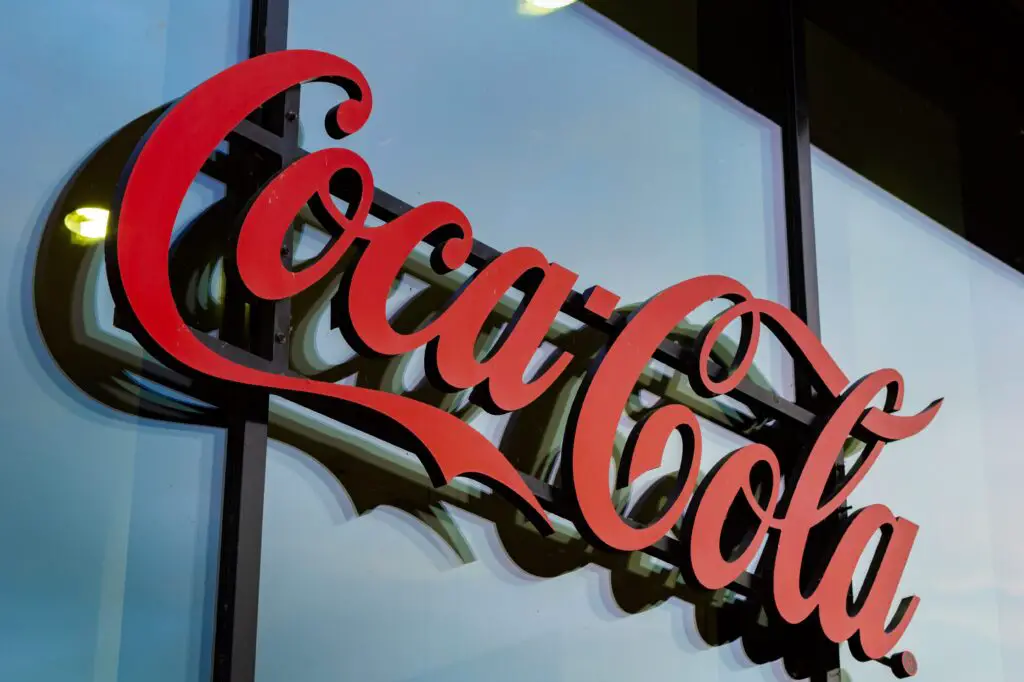
Coca-Cola made a bold decision in 1985 when they introduced “New Coke,” a sweeter version of their flagship soda. The company believed it could rejuvenate the brand and appeal to younger consumers, but the backlash was overwhelming. Loyal fans of the original formula were furious, and some even staged protests to voice their disapproval. Many claimed that New Coke tasted too sweet and didn’t have the same refreshing quality as the original. Despite positive taste tests before the release, the public rejected the change, and Coca-Cola soon found itself in damage-control mode.
The backlash was so intense that just three months later, Coca-Cola reintroduced the original recipe under the name “Coca-Cola Classic.” The New Coke debacle became one of the most infamous product failures in marketing history. Despite the fact that New Coke was eventually phased out, it left a lasting impression on the company and the industry, showing how even the biggest brands can misjudge their customers’ loyalty and tastes.
11. Jack in the Box’s “Taco Bell Challenge”
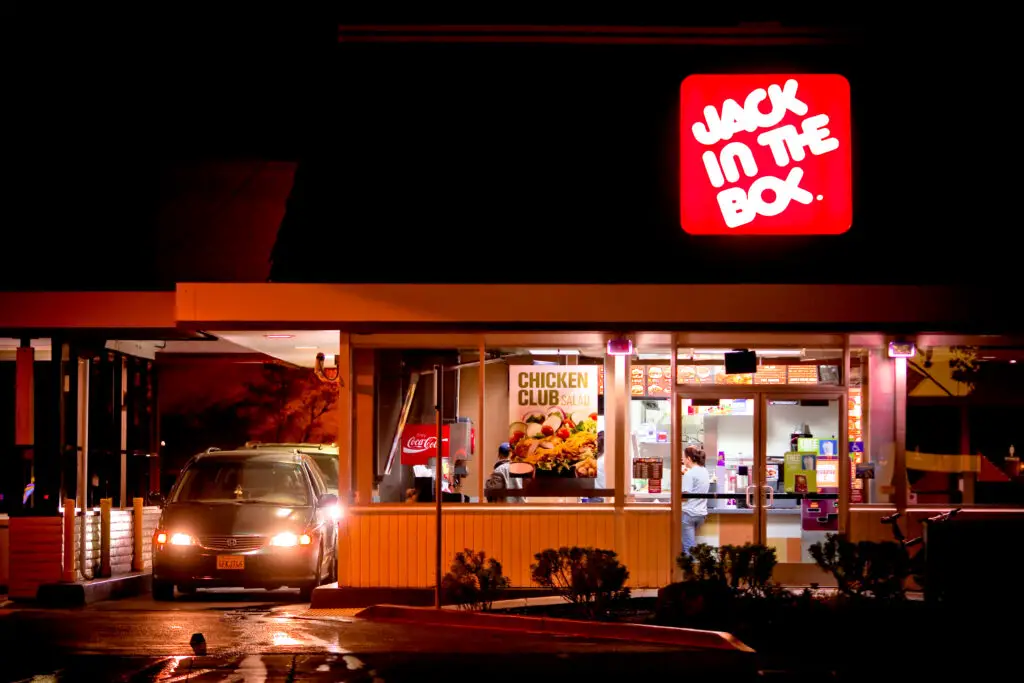
In the 1990s, Jack in the Box launched a promotional campaign where they boldly challenged Taco Bell to a “taco showdown.” The idea was to prove that Jack in the Box’s tacos were superior, and the campaign culminated in a public vote to decide the winner. However, the promotion quickly escalated into a PR nightmare when Taco Bell fans turned up in droves to support their favorite taco brand. The rivalry became heated, with customers even arguing outside of Jack in the Box locations.
The backlash was so intense that Jack in the Box had to quickly backtrack and abandon the challenge. The taco war turned out to be a costly and unnecessary confrontation that only fueled the flames of competition. Jack in the Box learned that poking fun at a major competitor with a public challenge might generate attention, but it could also create more controversy than anticipated. The promotion was shut down, and the brand shifted its focus away from fueling rivalries.
12. McDonald’s “McDonald’s Trains” Promotion
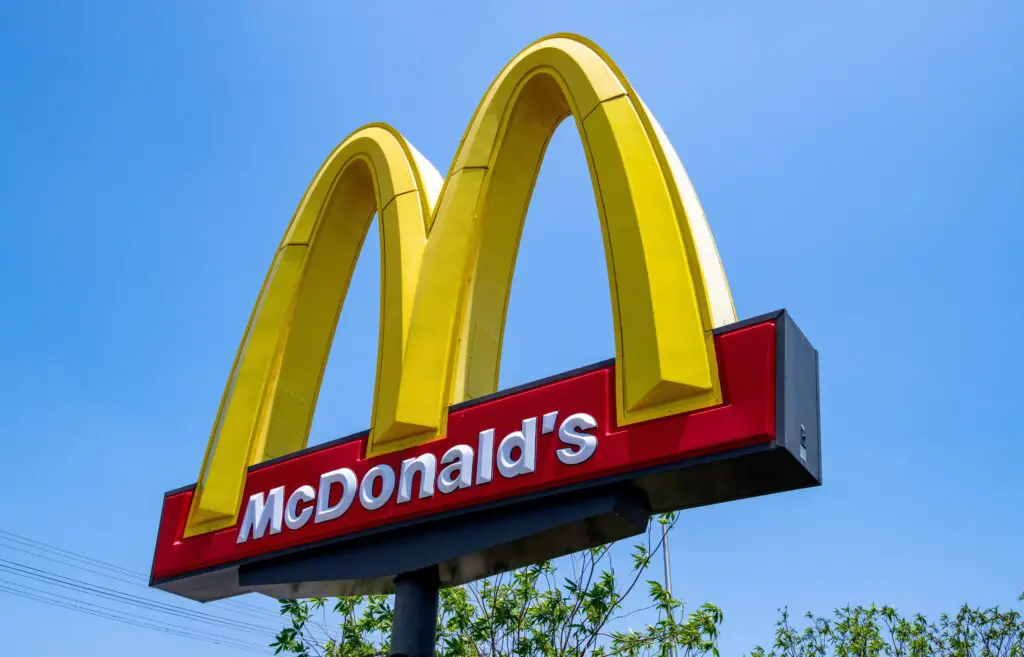
In 1999, McDonald’s introduced their “McDonald’s Trains” promotion, hoping to capitalize on the popular trend of toy train collecting. The idea was simple: McDonald’s would give out toy trains with kids’ meals, which could be collected and connected to form a larger set. However, the promotion quickly went off the rails. The toy trains proved to be poorly designed, with many customers reporting that they broke easily or didn’t function as expected.
As the toys became a hassle for parents and children alike, McDonald’s had to apologize for the poor quality and stop the promotion early. What was supposed to be a fun and collectible item turned into a logistical nightmare. McDonald’s learned the hard way that even a simple giveaway promotion can backfire if the product is not up to quality standards. The train promotion is remembered as one of McDonald’s more ill-fated ideas.
13. Taco Bell’s “Blackjack Taco” Fiasco
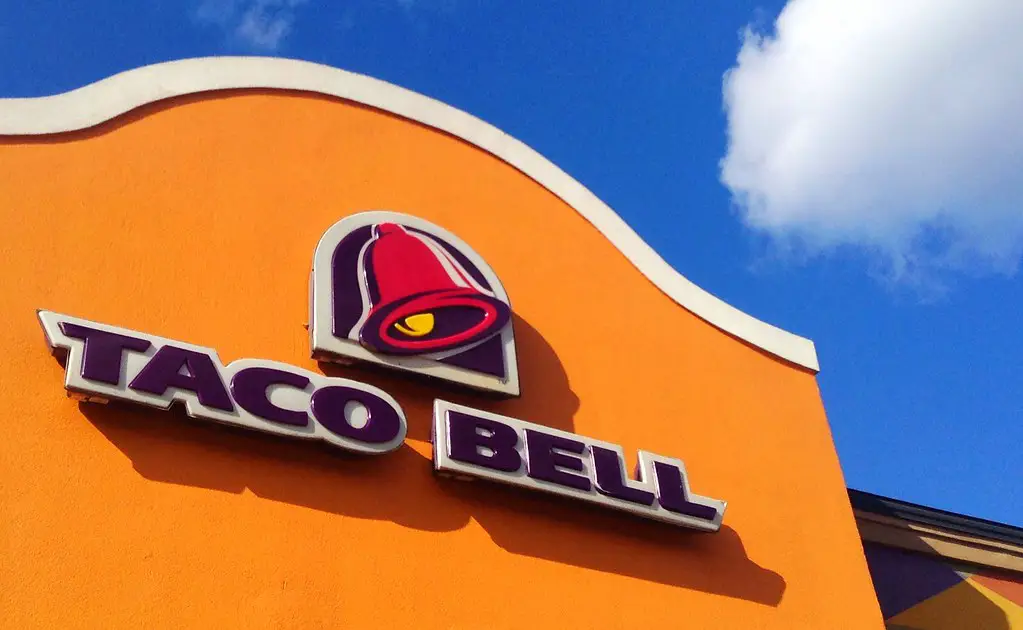
In 2006, Taco Bell introduced the “Blackjack Taco,” which featured a bold, black taco shell meant to add a bit of flair to the traditional taco. It was marketed as a cutting-edge, edgy menu item designed to appeal to those seeking a spicy, unconventional experience. However, the promotion was quickly met with disappointment. The black taco shell didn’t live up to the hype, and many customers found it to be underwhelming in both flavor and texture.
The novelty wore off quickly, and Taco Bell’s Blackjack Taco became a short-lived experiment. The promotion ended soon after, as it didn’t generate the kind of excitement Taco Bell had hoped for. The Blackjack Taco serves as a reminder that bold innovations don’t always resonate with consumers, and not every trend is destined for success. It was a promotional failure that Taco Bell quickly moved on from, leaving the Blackjack Taco as a distant memory.
14. Pizza Hut’s “Pie Tops” Marketing Stunt

In 2017, Pizza Hut introduced the “Pie Tops,” a pair of sneakers with a button on the tongue that could order a pizza with a simple press. The shoes were meant to be a fun, innovative way to interact with the brand, but the promotion quickly turned into a joke. The shoes were uncomfortable, impractical, and not particularly stylish, leading many to wonder why anyone would want to wear them. The campaign, which aimed to show how easy it could be to order Pizza Hut, was met with confusion rather than excitement.
Consumers quickly dismissed the shoes as a gimmick, and Pizza Hut soon realized they had misjudged the appeal of wearable technology. The Pie Tops were quickly discontinued, and the marketing stunt was considered a failure. While it may have garnered some attention, it ultimately didn’t align with the brand’s core customers, leaving Pizza Hut with a failed promotion on its hands.
15. Subway’s “$5 Footlong” Crisis
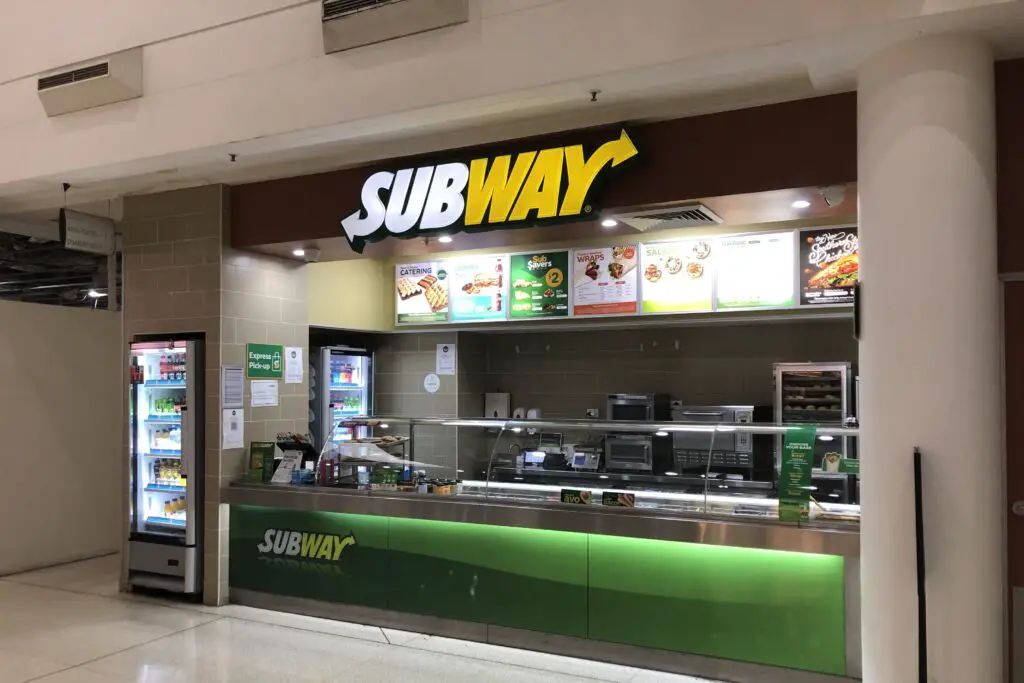
Subway’s iconic “$5 Footlong” promotion, which started in the early 2000s, was initially a huge success. Customers flocked to Subway for the unbeatable price, and the campaign helped the brand expand rapidly. However, as the promotion grew, franchise owners began reporting that the flat $5 price point was unsustainable, especially as food and labor costs rose. Eventually, the deal became harder for Subway to maintain, and in 2016, the company had to modify the offer, limiting the number of sandwiches available at the $5 price.
The change was met with disappointment by loyal customers who were used to getting any footlong for just $5. Subway’s “$5 Footlong” promotion, once a hallmark of the brand, became a victim of its own success. As the financial strain grew, the campaign had to be reworked, signaling that even the most popular promotions can lose their shine over time. The experience taught Subway that constantly offering deep discounts could be as damaging as it is beneficial.
